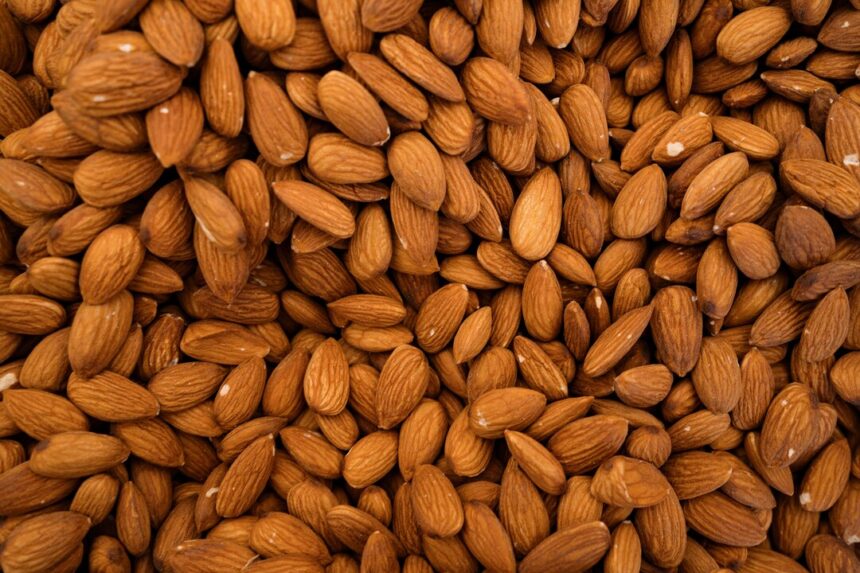South Africa’s almond industry has been steadily growing in recent years, with favorable climatic conditions and increasing demand driving expansion and innovation in cultivation practices. As almond production continues to thrive, growers are constantly seeking ways to enhance both the quality and yield of their crops. In this article, we’ll explore some techniques for achieving higher-quality almonds and maximizing yields in South Africa’s almond orchards.
1. Selecting the Right Varieties:
- Choosing the appropriate almond varieties suited to South Africa’s climate and soil conditions is essential for achieving optimal quality and yield. Varieties such as Nonpareil, Carmel, and Sonora are popular choices known for their high-quality nuts and consistent yields in South Africa.
2. Optimal Orchard Management:
- Proper orchard management practices, including irrigation, fertilization, and pest control, are crucial for maintaining healthy almond trees and maximizing yield potential. Implementing efficient irrigation systems, balanced fertilization programs, and integrated pest management strategies can help ensure optimal tree health and productivity.
3. Pruning and Training:
- Regular pruning and training of almond trees are essential for shaping tree structure, promoting air circulation, and optimizing sunlight penetration. Pruning helps maintain tree vigor, reduce disease pressure, and improve nut quality by ensuring even fruit distribution and reducing overcrowding.
4. Pollination Management:
- Almonds are predominantly self-pollinating but benefit from cross-pollination to improve fruit set and yield. Proper pollination management, including the use of compatible pollinator varieties, bee management practices, and timing of bloom, is critical for maximizing almond yields and nut quality.
5. Thinning:
- Thinning excess fruit from almond trees is necessary to prevent over-cropping, improve nut size and quality, and reduce branch breakage. Thinning should be done early in the growing season to ensure adequate spacing between nuts and minimize competition for resources.
6. Disease and Pest Control:
- Effective disease and pest management are essential for protecting almond orchards from pathogens, pests, and other stressors that can impact yield and quality. Implementing cultural practices, such as sanitation, proper pruning, and orchard floor management, along with judicious use of chemical controls, can help minimize disease and pest pressure.
7. Harvesting and Handling:
- Harvesting almonds at the optimal maturity stage and handling them carefully during processing are critical for preserving nut quality and flavor. Timely harvesting, gentle shaking or sweeping of trees, and proper drying and storage conditions are essential steps in ensuring high-quality almonds with minimal damage.
8. Post-Harvest Management:
- Proper post-harvest handling, including cleaning, sorting, and packaging, is crucial for maintaining almond quality and extending shelf life. Implementing quality control measures and ensuring proper storage conditions can help preserve freshness and flavor, enhancing marketability and consumer satisfaction.
9. Continuous Monitoring and Innovation:
- Regular monitoring of orchard conditions, crop performance, and market trends is essential for making informed decisions and implementing adaptive management strategies. Embracing technological innovations, such as remote sensing, precision agriculture, and data analytics, can help growers optimize resource use, minimize risks, and maximize returns.
10. Collaboration and Knowledge Sharing:
- Collaborating with industry experts, researchers, extension services, and fellow growers can provide valuable insights, best practices, and support for improving almond production and quality. Participating in workshops, field days, and industry events fosters knowledge sharing and promotes innovation and excellence in almond cultivation.
By incorporating these techniques and practices into their operations, almond growers in South Africa can enhance the quality and yield of their crops, ensuring a prosperous future for the country’s almond industry. With dedication, innovation, and collaboration, South Africa’s almond growers can continue to cultivate success and meet the growing demand for high-quality almonds in domestic and international markets.
Join 'Farmers Mag' WhatsApp Channel
Get the latest Farming news and tips delivered straight to your WhatsApp
CLICK HERE TO JOIN






